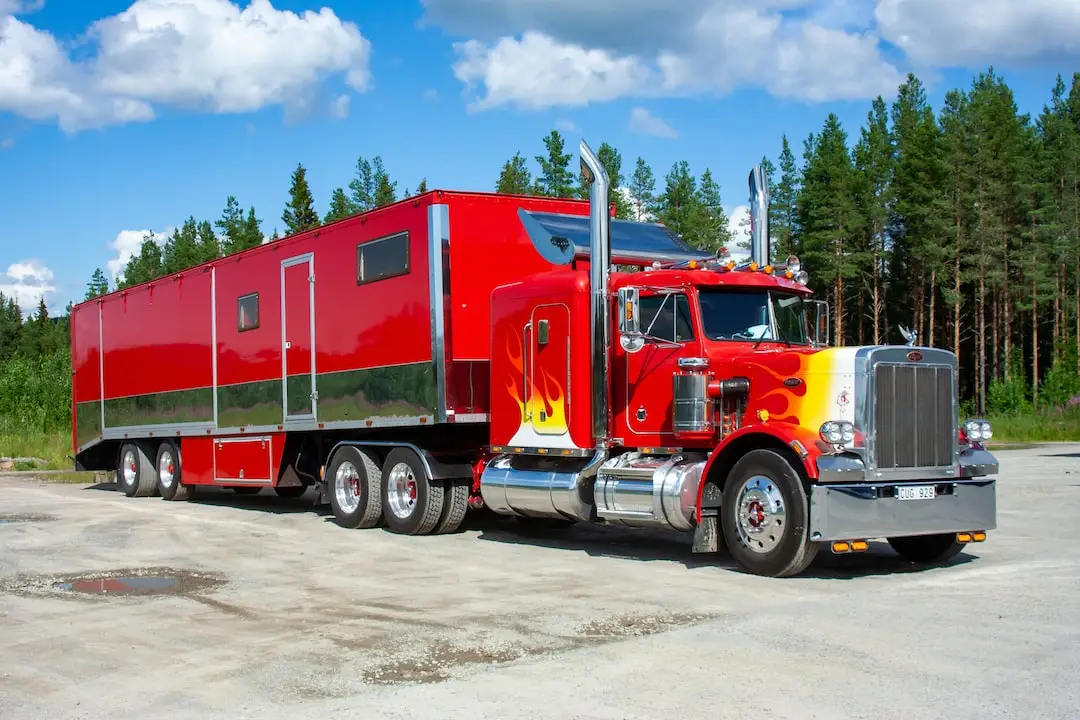The Department of Transportation (DOT) regulates commercial motor vehicles that operate on U.S. roads. To improve safety, the Federal Motor Carrier Safety Administration (FMCSA) and other regulatory bodies conduct truck inspections. The goal is to ensure that trucks plying our roads are in good condition, which increases highway safety. We answered some frequently asked questions about truck inspections.
What Are the Regulatory Bodies Responsible for Truck Inspections?
These are the units that regulate truck inspections:
- The Federal Motor Carrier Safety Administration: This is a department under the DOT that funds and oversees all inspections.
- The Commercial Vehicle Safety Alliance (CVSA): This nonprofit is made up of commercial motor vehicle (CMV) safety officials and industry representatives.
- State troopers: These are assigned to different states to perform inspections.
What Are the Different Levels of Roadside Truck Inspections?
The CVSA developed eight levels of road inspections, but only six apply to commercial trucks.
Level 1: North American Standard (NSA) Inspection
The NSA is a thorough inspection of the driver and truck. The check involves ensuring the driver is qualified to operate the vehicle, covering:
- Driver’s license
- Alcohol and drug use
- Driver’s daily hours of service
- Vehicle and driver inspection report
The inspection also extends to various parts of the truck, including brakes, cargo securement, exhaust systems, and more. The NSA is the most common inspection, and the goal is to ensure that the driver and truck comply with the rules.
Level 2: Walk-Around Driver/Vehicle Inspection
This inspection is similar to Level 1. The difference is that the officials inspect the driver and the vehicle without physically getting under the truck.
Level 3: Driver-only Inspection
This is more of an administrative check. The focus is on checking the driver’s credentials, including:
- Driver’s license
- Record of duty status
- Hours of service
- Seat belt use
- Skill performance evaluation certificate, if applicable
Level 4: Special Inspections
These are one-time examinations of specific items, and they are often conducted to support a study or verify or disprove a suspected trend.
Level 5: Vehicle-Only Inspection
This is similar to Level 1, but it’s conducted in the driver’s absence. The focus is on the truck’s components and compliance with regulations.
Level 6: Inspection for Transuranic Waste and Highway Route Controlled Quantities of Radioactive Materials
This only applies to vehicles hauling radioactive waste.
Level 7: Jurisdictional Mandated Commercial Vehicle Inspection
This does not apply to trucks and is usually reserved for other commercial vehicles, such as school buses, taxis, and limousines.
Level 8: North American Standard Electronic Inspection
This is electronically or wirelessly conducted while the vehicle is in motion without direct interaction with an officer.
What Happens After Truck Inspections?
Three things can happen after truck inspections:
- No violations are found. If the inspecting official doesn’t find any violations, they will place a CVSA decal, which is valid for up to three months, on the truck. The decal indicates that the driver and truck passed the inspection. Generally, a truck with a valid decal won’t be stopped for inspection unless there is an obvious problem.
- No serious violation is found. The official may find that either the driver or the vehicle is in violation, but the violation does not warrant placing the truck out of service (OOS). The truck can still operate, but the violation is recorded against it, and it can impact the trucker’s compliance, safety, and accountability (CSA) scores and insurance premiums.
- The vehicle or driver is placed OOS. This is reserved for serious violations that endanger other road users. A vehicle or driver placed out of service can’t operate again until all violations are corrected and removed.
What Happens at Truck Weigh Stations?
A weigh station is a facility along a highway where commercial trucks are required to stop and undergo weight inspection. A weigh station using older technology may require trucks to stop for weighing. However, newer technology can weigh trucks while they drive over the scale.
What Trucks Are Required To Stop at Weigh Stations?
State laws determine the weight of trucks required to stop at weigh stations. Generally, the law mandates that trucks weighing over 10,000 pounds do so.
Apart From Weight Checks, What Else Happens at a Weigh Station?
Weigh stations serve other purposes other than weighing trucks, including:
- Safety inspections: Many weigh stations also inspect commercial vehicles to ensure they are in good working condition. Officials can check various components of the vehicle, including tires, brakes, kingpin, springs, fuel tank, and lights, to confirm they comply with safety regulations.
- Compliance checks: Officials may ask drivers to present their documentation, including their driver’s license, vehicle registration, and insurance information. The officers can also check the driver’s equipment and electronic logging device (ELD) to ensure compliance with hours of service regulations. These logs record how long the driver has been driving, the number of breaks they took, and the duration of the rest. The FMCSA regulates hours of service to prevent truck drivers from being overworked.
What Happens if the Truck Is Overloaded?
Federal law mandates that a truck must not weigh over 80,000 pounds. In addition to imposing penalties, the officials can detain trucks weighing over the limit at the station until another one comes to transport the excess cargo. In some states, penalties include jail time. For example, in Texas, the punishment can include up to 60 days of jail time.
What Are the Seven FMCSA BASICs Used To Calculate CSA Scores?
The FMCSA uses behavior analysis and safety improvement categories (BASICs) to determine a carrier’s CSA score, which measures how safely it operates.
The seven BASICs are:
- Unsafe driving
- Crash indicator
- Hours of service compliance
- Vehicle maintenance
- Controlled substances and alcohol
- Hazardous materials compliance
- Driver fitness
Many accidents involving 18-wheelers happen because truckers disregard regulations put in place to improve highway safety. If you’ve been injured in a truck crash, our truck accident lawyers at Morris & Dewett Injury Lawyers can help you investigate the crash to discover the cause and the party to hold responsible for your injuries. Contact us to speak with one of our lawyers.
Sources:
- The Commercial Vehicle Safety Alliance: All Inspection Levels
- U.S. Department of Transportation Federal Highway Administration: Comprehensive Truck Size and Weight Limits Study – Volume 1: Technical Reports Summary
- Oversize.io: Texas Oversize and Overweight Fines and Penalties





